Multiple Organ Dysfunction Syndrome Pathophysiology
Multiple organ dysfunction syndrome pathophysiology. Inflammation and endothelial damage Other Section. Multiple organ dysfunction syndrome is the clinical consequence of a dysregulated inflammatory response triggered by clinically diverse factors with the main pillar of management being invasive organ support. The pathophysiology of sepsis-induced MODS remains intriguing and has not been completely elucidated.
Multiple Organ Dysfunction Syndrome MODS aka multiple organ failure MOF is a hypometabolic immunodepressed state with clinical and biochemical evidence of decreased functioning of the bodys organ systems that develops subsequent to an acute injury or illness. It arises through the interactions of a network of physiologic insults including infection the. The indiscriminate activation of the inflammatory response due to these insults causes loss.
It is a process rather than a. Multiple organ dysfunction syndrome MODS is a continuum with incremental degrees of physiologic derangements in individual organs. Local and systemic responses are initiated by tissue damage.
Multiple other clinical entities related to sepsis including SIRS and multiple organ dysfunction syndrome MODS are defined in Table 421. It is initiated by illness injury or infection and most commonly affects the. The pathophysiology of MODS remains incompletely understood.
MODS is a complex syndrome for which the pathophysiological mechanisms are poorly understood. This review aims to concisely line up the different proposed pathways that may explain why a normal host response to infection derails and culminates into devastating organ dysfunction. Multiple organ dysfunction syndrome MODS is defined as the progressive physiological dysfunction of two or more organ systems where homeostasis cannot be maintained without intervention.
These definitions account for the finding that sepsis can result from various infectious agents and microbial mediators and is not. Experiment modeling suggests that persistent macrophage activation may be a pathophysiologic basis for multiple organ dysfunction syndrome. Septic shock is clinically recognized as arterial hypotension refractory to simple fluid resuscitation with evidence of hyperlactatemia.
Organ failure induced by critical illness may be primarily a functional rather than a structural abnormality. The Multiple Organ Dysfunction Syndrome MODScan be defined as the development of potentially reversible physiologic derangement involving two or more organ systems not involved in the disorder that resulted in ICU admission and arising in the wake of a potentially life-threatening physiologic insult.
The pathophysiology of MODS remains incompletely understood.
The pathophysiology of multiple organ dysfunction syndrome is characterized by a severe systemic somewhat uncontrolled inflammatory process that leads to multiple organ or system dysfunctions 4. The pathophysiology of multiple organ dysfunction syndrome is characterized by a severe systemic somewhat uncontrolled inflammatory process that leads to multiple organ or system dysfunctions 4. The indiscriminate activation of the inflammatory response due to these insults causes loss. Multiple Organ Dysfunction Syndrome MODS and it causes pathophysiology management and prevention is described here. Multiple organ dysfunction syndrome MODS is caused by an overwhelming uncontrolled systemic inflammatory response that is activated by a number of hostile stimuli including sepsis hypovolemic shock and severe trauma resulting in massive tissue injury. Multiple organ dysfunction syndrome MODS is a continuum with incremental degrees of physiologic derangements in individual organs. Local and systemic responses are initiated by tissue damage. Respiratory failure is common in the first 72 hours after the original insult. Organ failure induced by critical illness may be primarily a functional rather than a structural abnormality.
Multiple Organ Dysfunction Syndrome MODS and it causes pathophysiology management and prevention is described here. Conceivably multiple pathways lead to organ failure. Pathophysiology The syndrome of multiple organ dysfunction is most closely related to an outcome of sepsis which was described in Chapter 20. It is initiated by illness injury or infection and most commonly affects the. Septic shock is clinically recognized as arterial hypotension refractory to simple fluid resuscitation with evidence of hyperlactatemia. The pathophysiology of sepsis-induced MODS remains intriguing and has not been completely elucidated. Inflammation and endothelial damage Other Section.


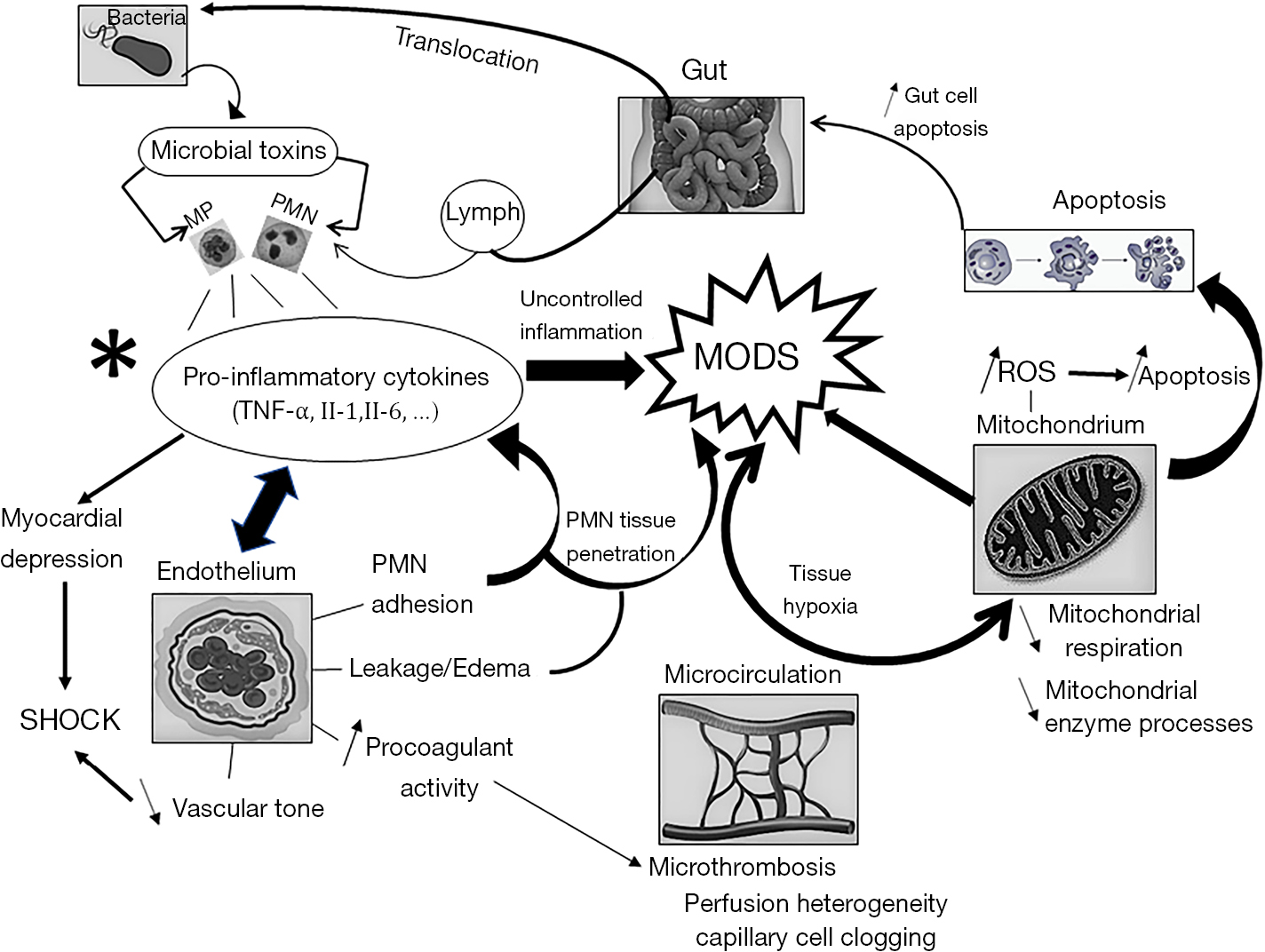

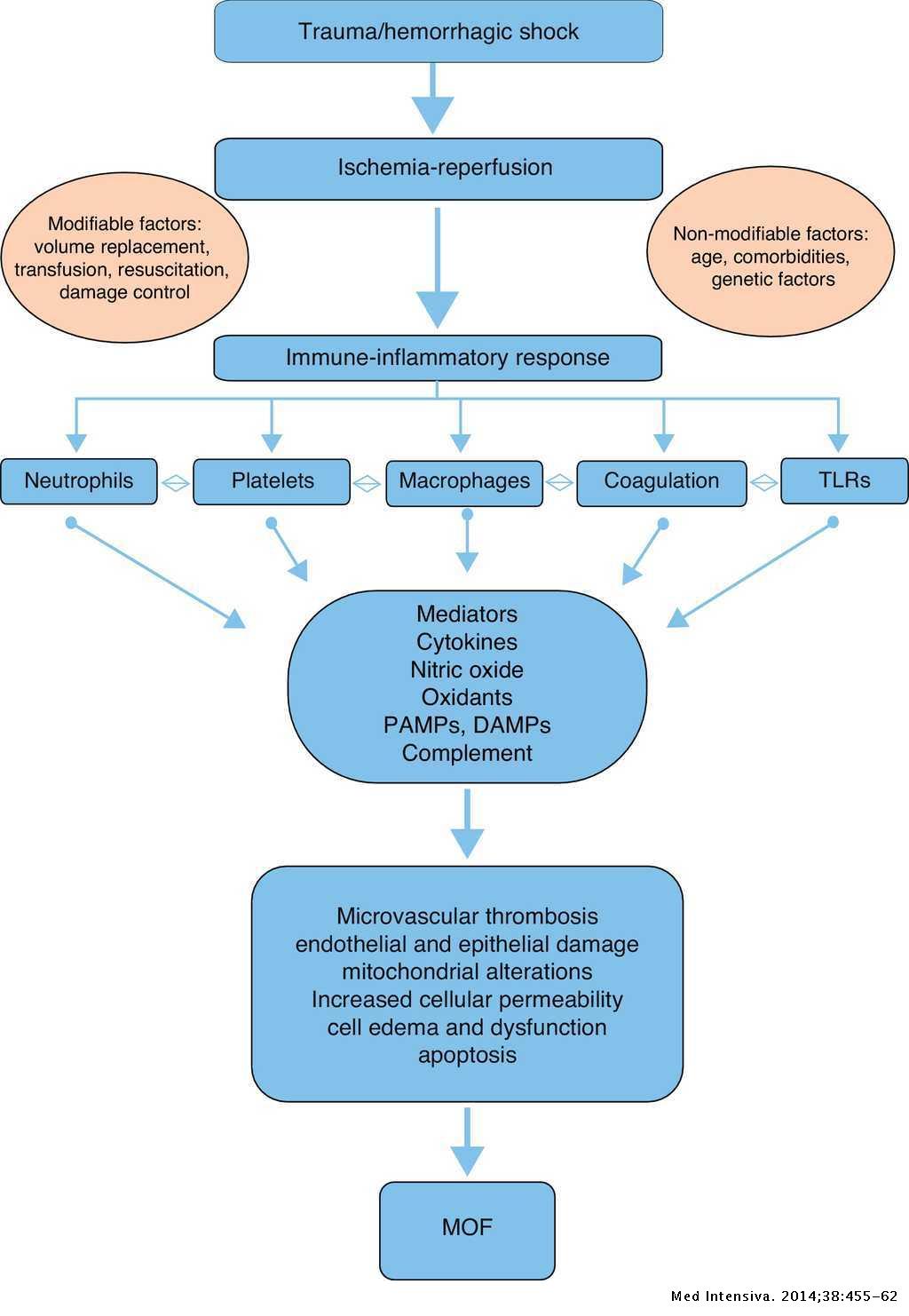



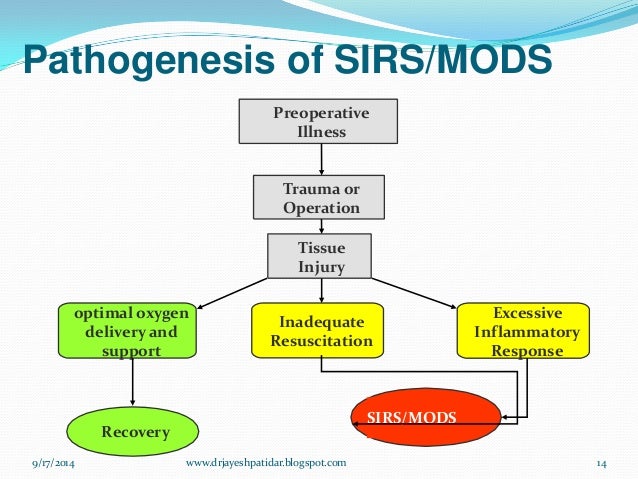
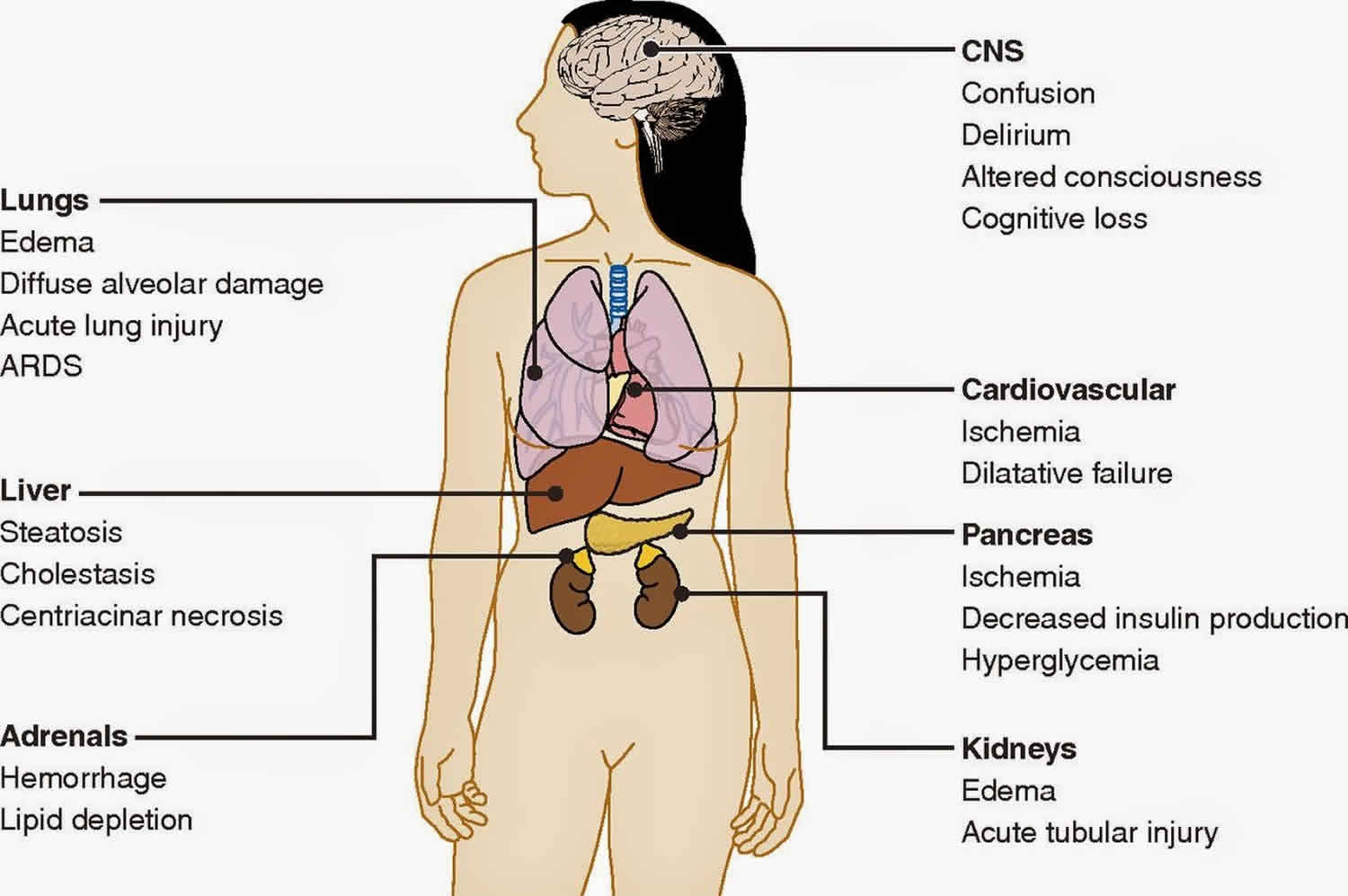





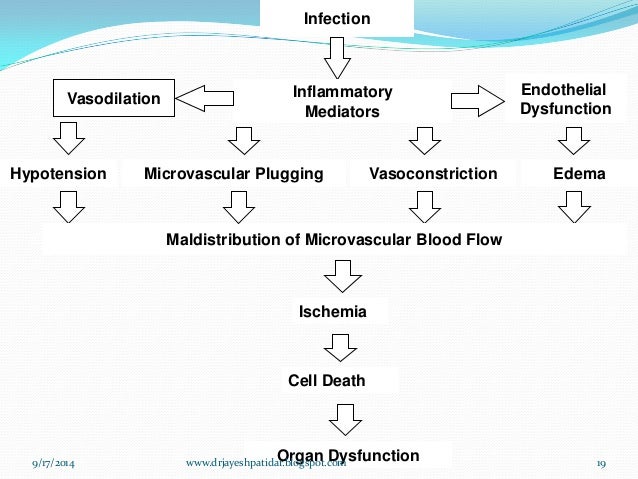
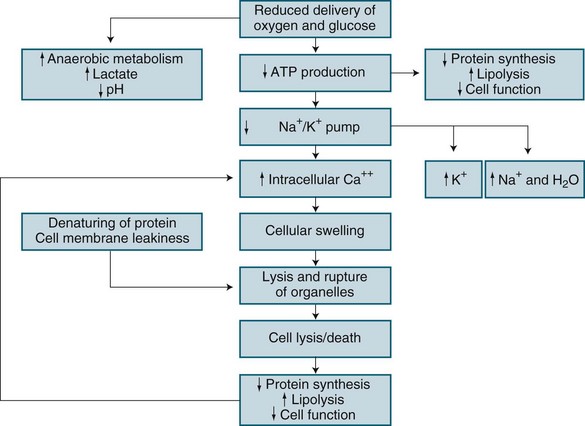

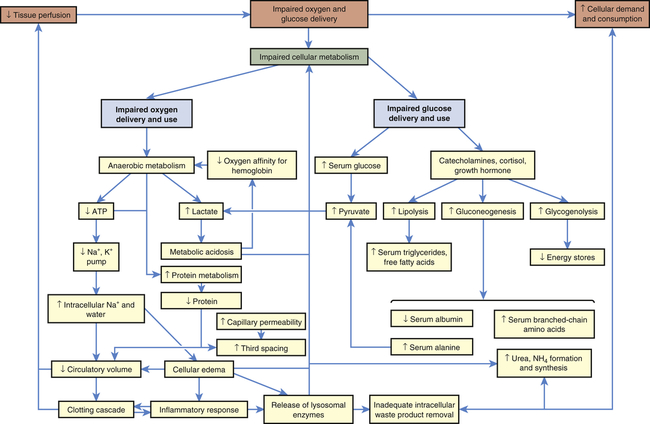




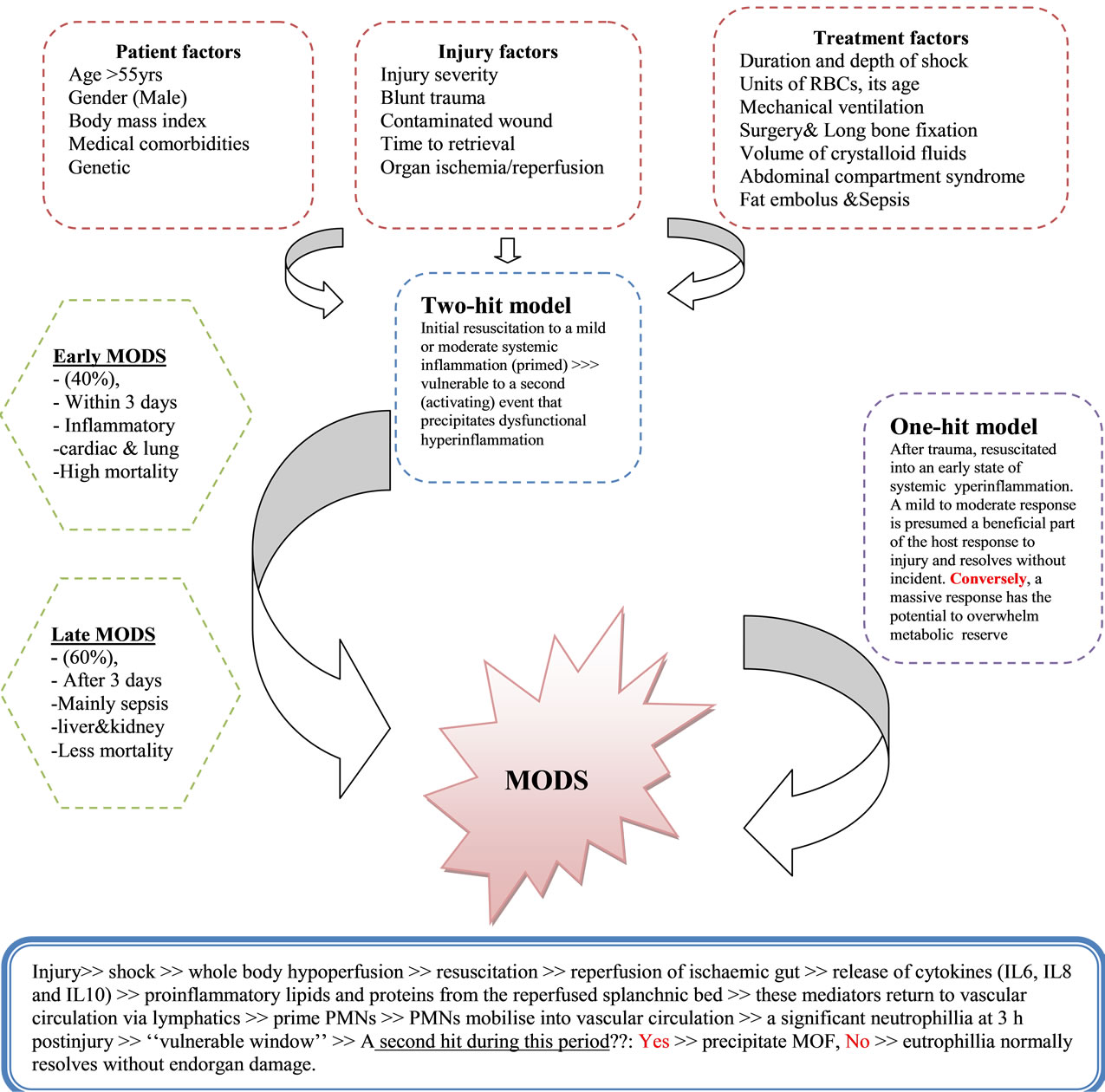

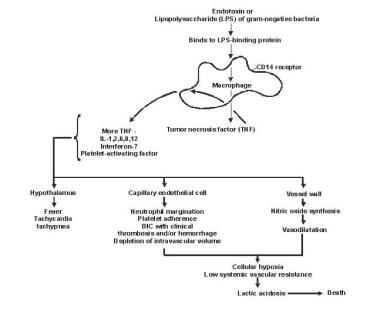


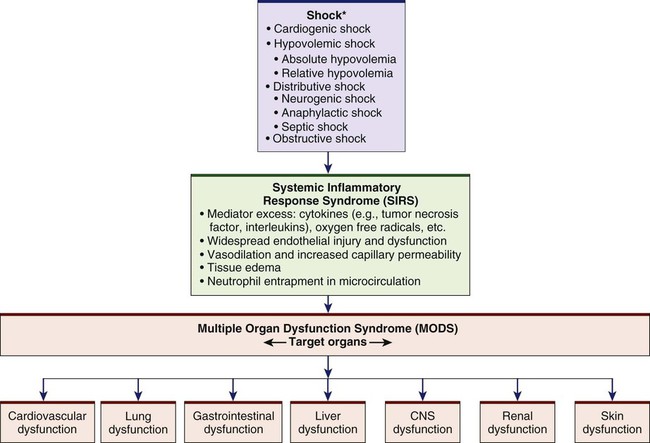

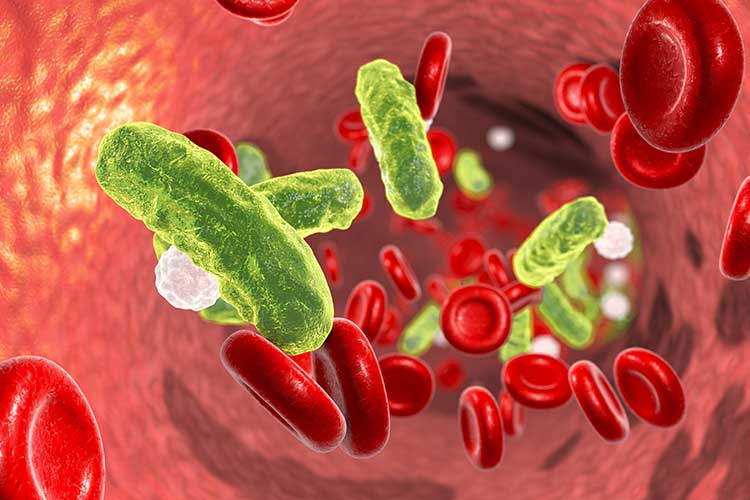
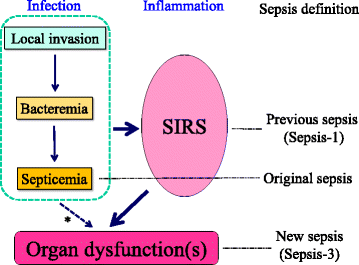




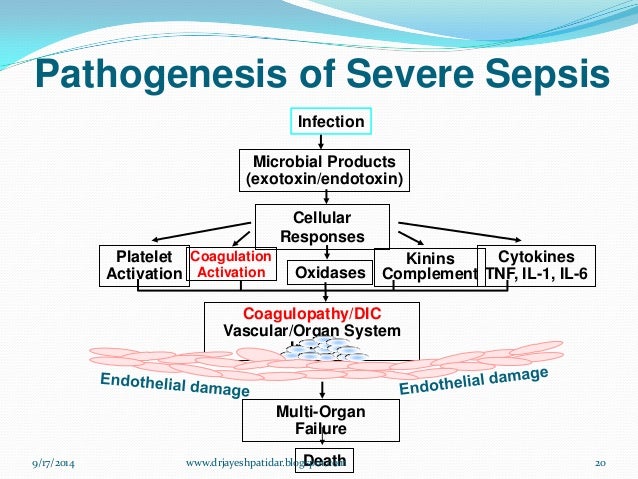

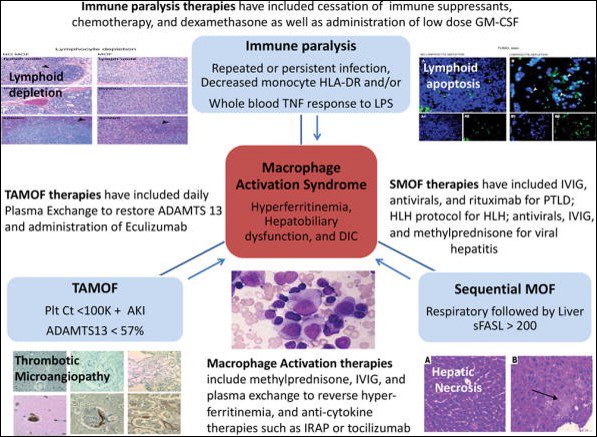

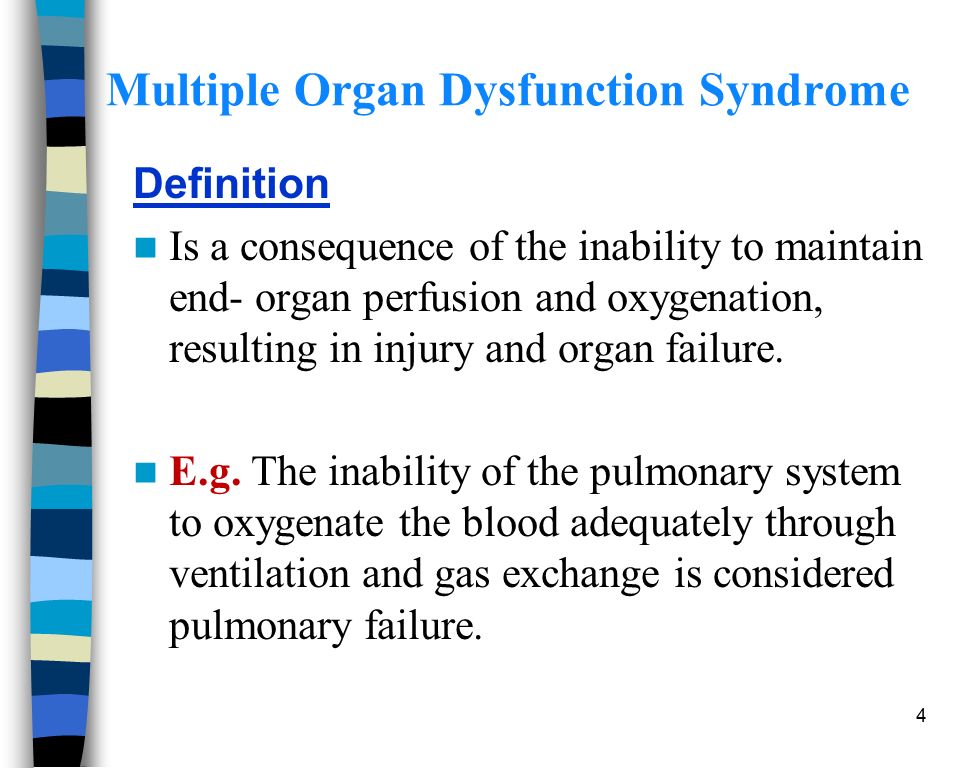
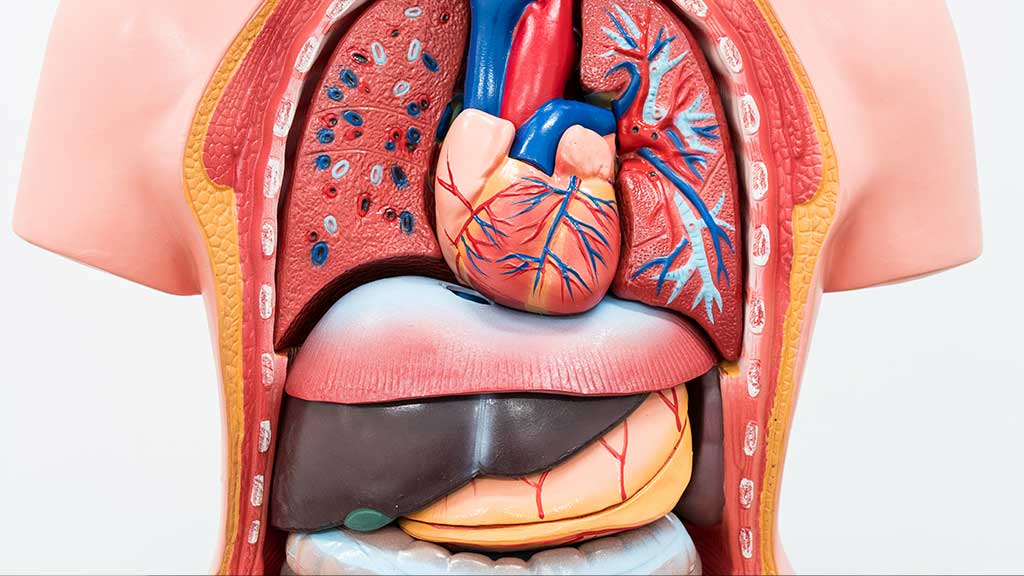

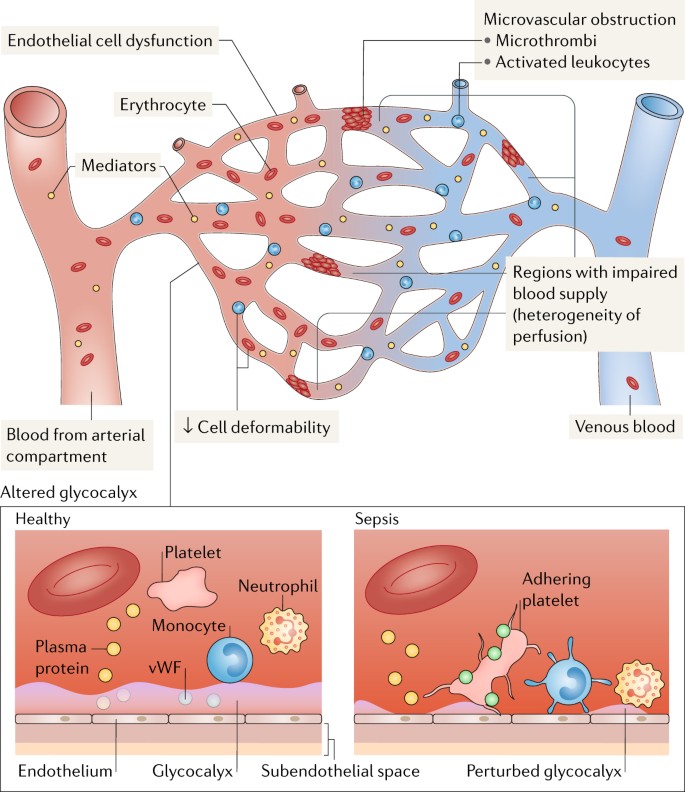

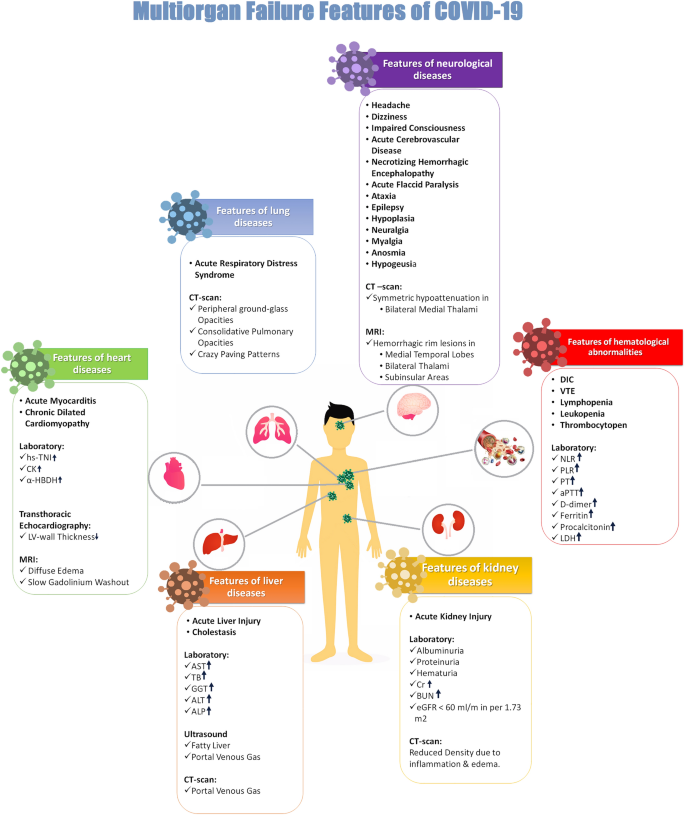

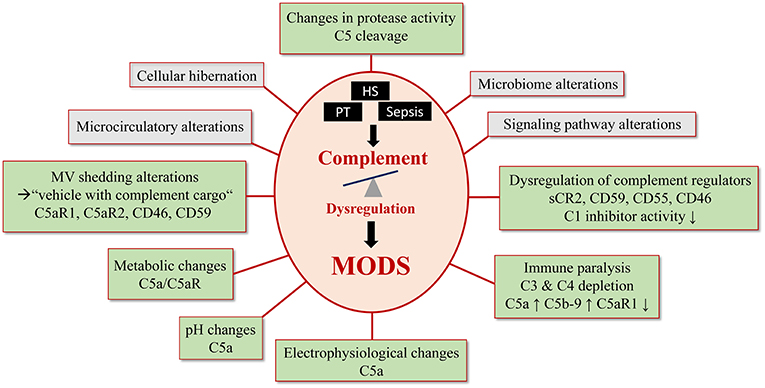
Posting Komentar untuk "Multiple Organ Dysfunction Syndrome Pathophysiology"